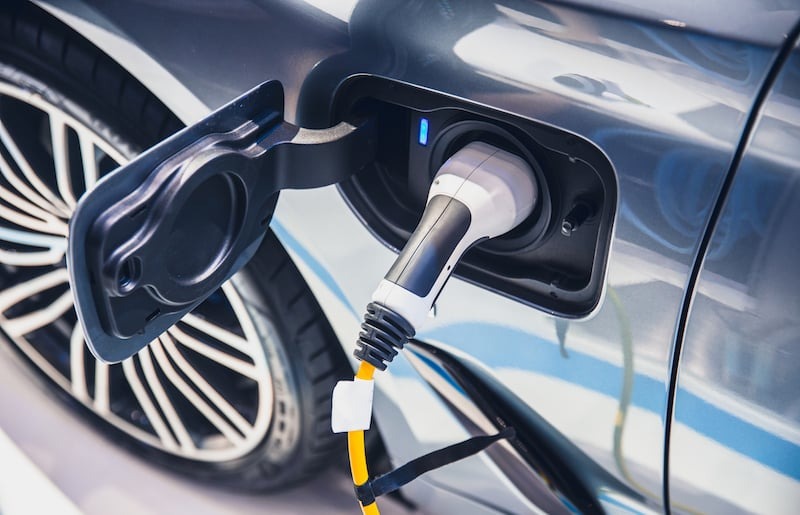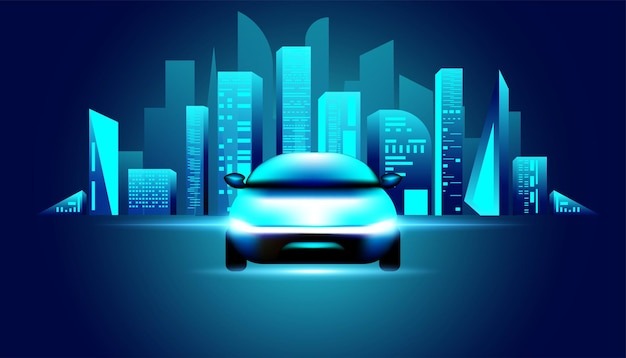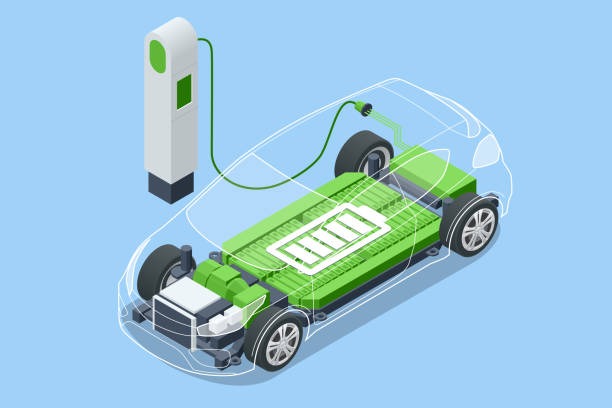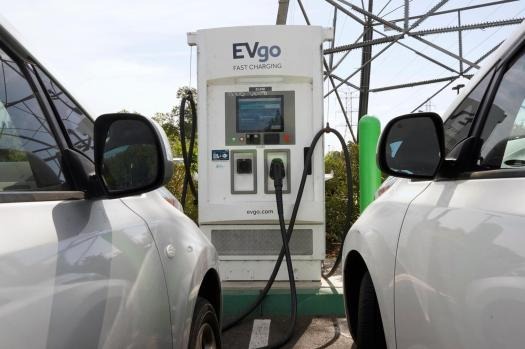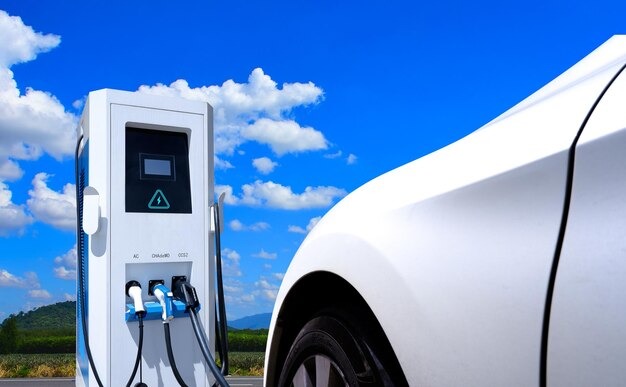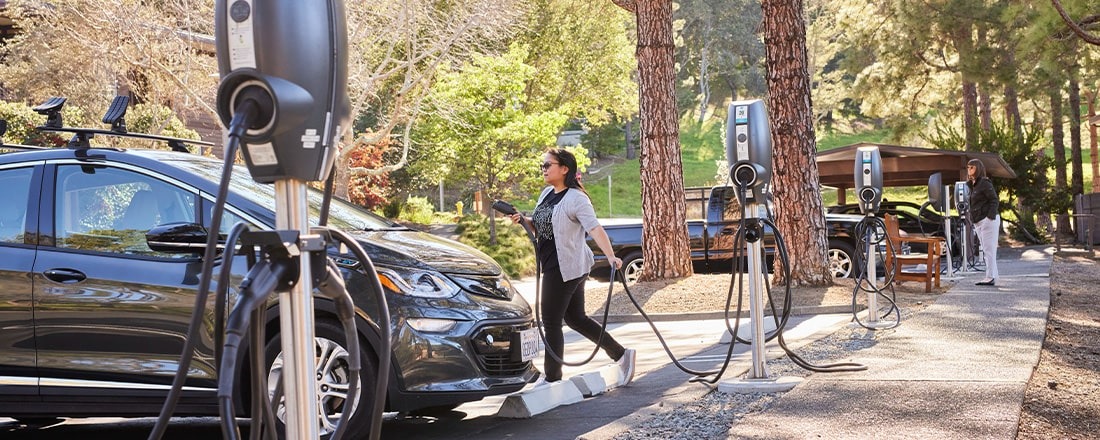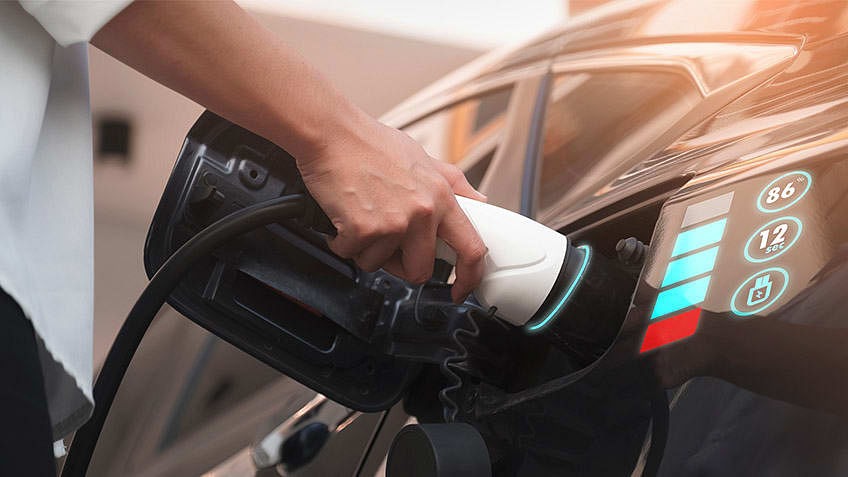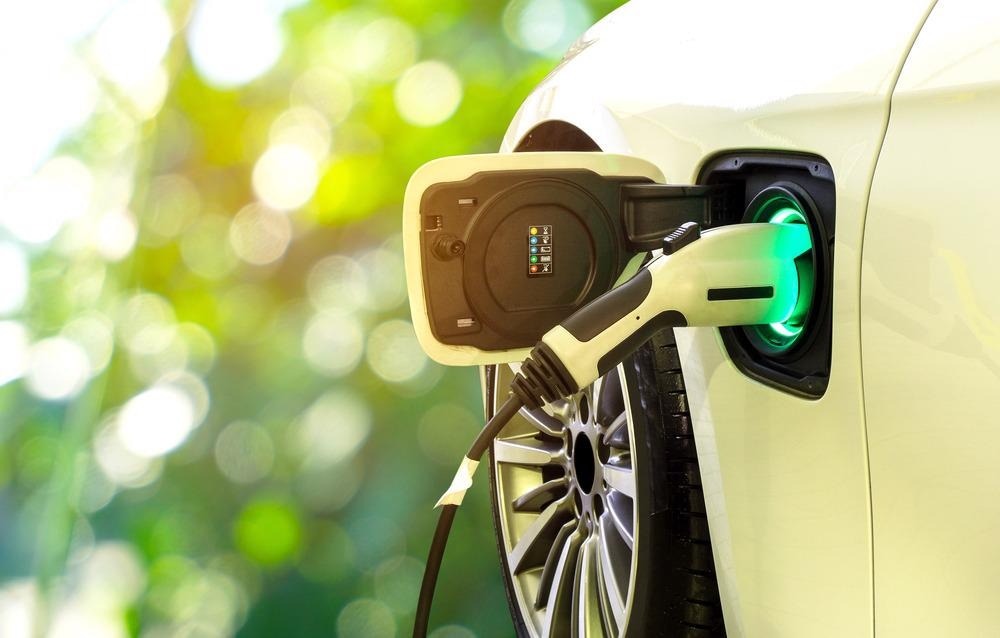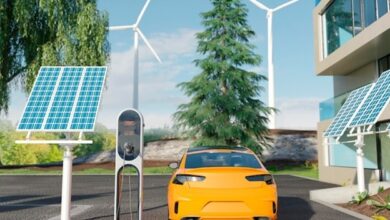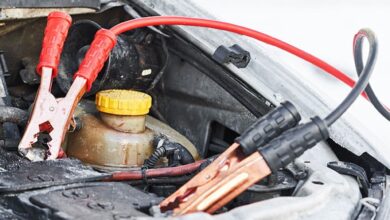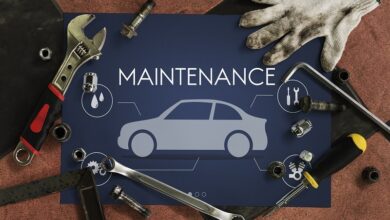Electric Vehicles and the Future of Clean Energy
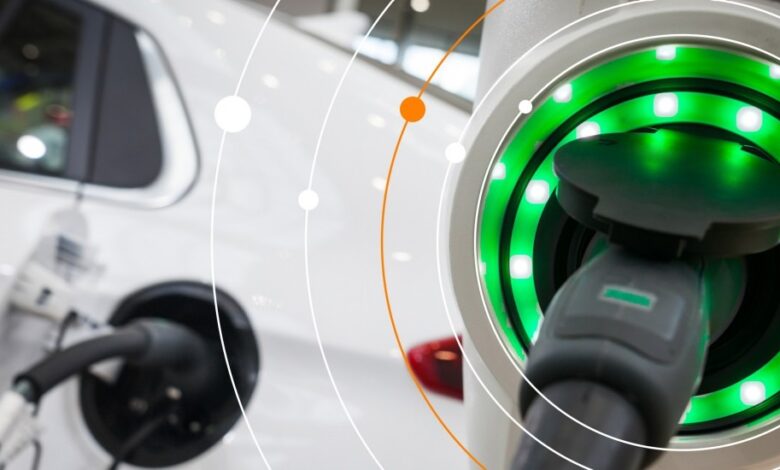
The landscape of transportation is undergoing a profound transformation with the rise of electric vehicles (EVs), marking a pivotal shift towards sustainable and clean energy solutions. As concerns about environmental impact and climate change intensify, the adoption of EVs is gaining momentum globally. This paradigm shift not only signifies a departure from traditional combustion engines but also holds the promise of revolutionizing the way we approach energy consumption and conservation. In this exploration of “Electric Vehicles and the Future of Clean Energy,” we delve into the factors driving the surge in electric mobility, examine the technological advancements shaping the EV industry, and ponder the broader implications for a greener and more sustainable future. Join us on a journey into the realm of clean energy and the electrifying possibilities that lie ahead.
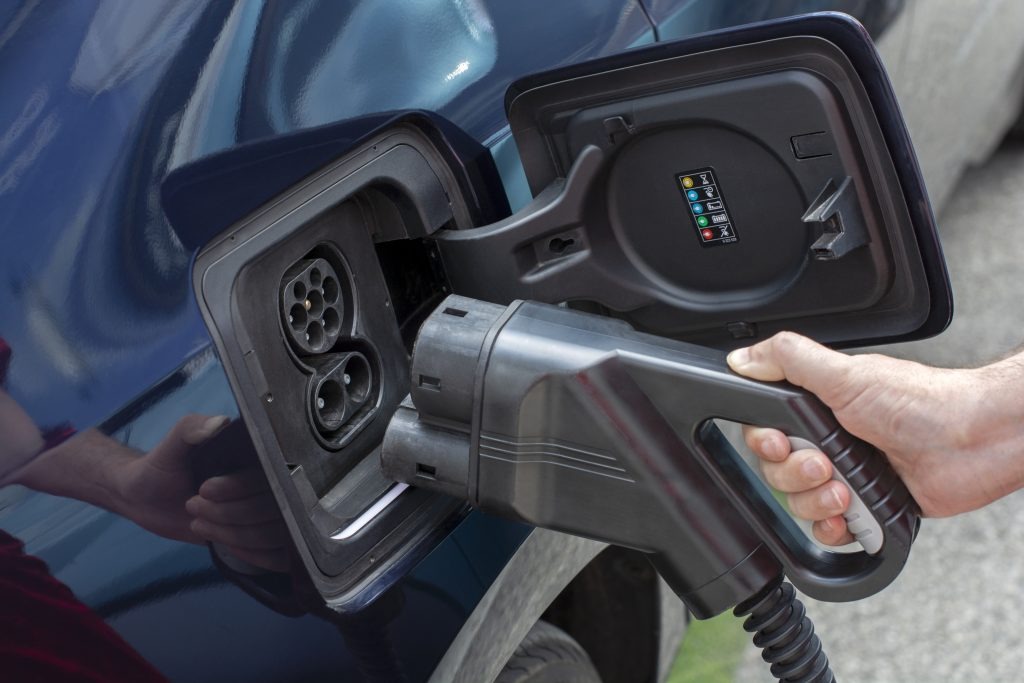
Contents
- 1 Introduction to Electric Vehicles
- 2 Environmental Benefits of Electric Vehicles
- 3 Reducing Carbon Footprint with Electric Vehicles
- 4 Advancements in Electric Vehicle Technology
- 5 Charging Infrastructure and Range Anxiety
- 6 Government Initiatives and Incentives for Electric Vehicles
- 7 Electric Vehicles and Renewable Energy Integration
- 8 The Role of Electric Vehicles in Sustainable Cities
- 9 The Future of Electric Vehicles
- 10 Charged for Change: Electric Vehicles and the Horizon of Clean Energy Futures
Introduction to Electric Vehicles
Electric vehicles, also known as EVs, are automobiles that run on electricity stored in battery packs rather than relying on internal combustion engines fueled by gasoline or diesel. EVs come in different forms, including battery electric vehicles (BEVs) and plug-in hybrid electric vehicles (PHEVs). The former relies solely on electricity, while the latter combines electric power with a conventional engine.
Environmental Benefits of Electric Vehicles
One of the primary reasons why electric vehicles are gaining popularity is their positive impact on the environment. Unlike traditional cars, EVs produce zero tailpipe emissions, meaning they do not release harmful pollutants such as carbon dioxide (CO2), nitrogen oxides (NOx), or particulate matter (PM) into the air. This reduction in emissions has a direct impact on air quality and helps combat climate change.
Reducing Carbon Footprint with Electric Vehicles
Transportation is one of the largest contributors to greenhouse gas emissions globally. By transitioning to electric vehicles, we can significantly reduce our carbon footprint. When charged with electricity generated from renewable sources such as solar or wind, EVs become even cleaner, effectively eliminating the greenhouse gas emissions associated with electricity generation. This makes them an essential part of the larger clean energy puzzle.
Advancements in Electric Vehicle Technology
Over the years, there have been significant advancements in electric vehicle technology, addressing some of the initial concerns that consumers had, such as limited range and long charging times. Modern EVs now offer longer ranges and faster charging options, making them more practical for everyday use. Additionally, improvements in battery technology have made EVs more efficient and affordable.
See more: Maintaining the Engine Cooling System: Causes and Solutions
Charging Infrastructure and Range Anxiety
One of the main challenges faced by electric vehicles is the availability of charging infrastructure. While public charging stations are becoming more common, there is still a need for further expansion to support widespread adoption. Additionally, range anxiety, the fear of running out of battery power before reaching a charging station, remains a concern for potential EV owners. However, technological advancements and increased investment in charging infrastructure are gradually alleviating these concerns.
Government Initiatives and Incentives for Electric Vehicles
Governments around the world are recognizing the importance of electric vehicles in reducing emissions and promoting clean energy. Many countries have implemented various incentives to encourage the adoption of EVs, including tax credits, rebates, and subsidies. Additionally, some cities are providing free parking or toll exemptions for electric vehicle owners. These initiatives not only make EVs more affordable but also help build a sustainable transportation ecosystem.
Electric Vehicles and Renewable Energy Integration
Electric vehicles can play a crucial role in integrating renewable energy sources into the power grid. Through vehicle-to-grid (V2G) technology, EVs can serve as mobile energy storage units, allowing excess electricity from renewable sources to be stored in their batteries. This stored energy can then be discharged back into the grid during peak demand periods. This bidirectional flow of energy enhances grid stability and reduces strain on traditional power plants.
The Role of Electric Vehicles in Sustainable Cities
As urbanization continues to rise, cities are facing increasing challenges related to pollution and congestion. Electric vehicles offer a sustainable solution to these problems by reducing emissions and noise levels. Many cities are implementing policies to promote the adoption of EVs, such as creating dedicated charging infrastructure and offering incentives for ridesharing services that use electric vehicles. By incorporating EVs into their transportation systems, cities can create cleaner and more livable environments for their residents.
The Future of Electric Vehicles
The future looks promising for electric vehicles. As technology continues to evolve, we can expect further improvements in battery efficiency, range, and charging infrastructure. Moreover, advancements in autonomous driving will revolutionize the way we perceive transportation, with electric autonomous vehicles playing a significant role in reducing traffic congestion and emissions. With ongoing research and development, electric vehicles are poised to become the norm rather than the exception.
Better Understand Automotive Transmission System and How to Maintain It
Charged for Change: Electric Vehicles and the Horizon of Clean Energy Futures
Electric vehicles are paving the way for a greener and more sustainable future. With their environmental benefits, technological advancements, and government support, they are driving the transition towards clean energy in the transportation sector. While challenges remain, such as charging infrastructure expansion and range anxiety, these obstacles are being addressed through innovation and collaboration. As we embrace electric vehicles and renewable energy integration, we move closer to a future where transportation is truly clean and green.
See more at: Topcarr

